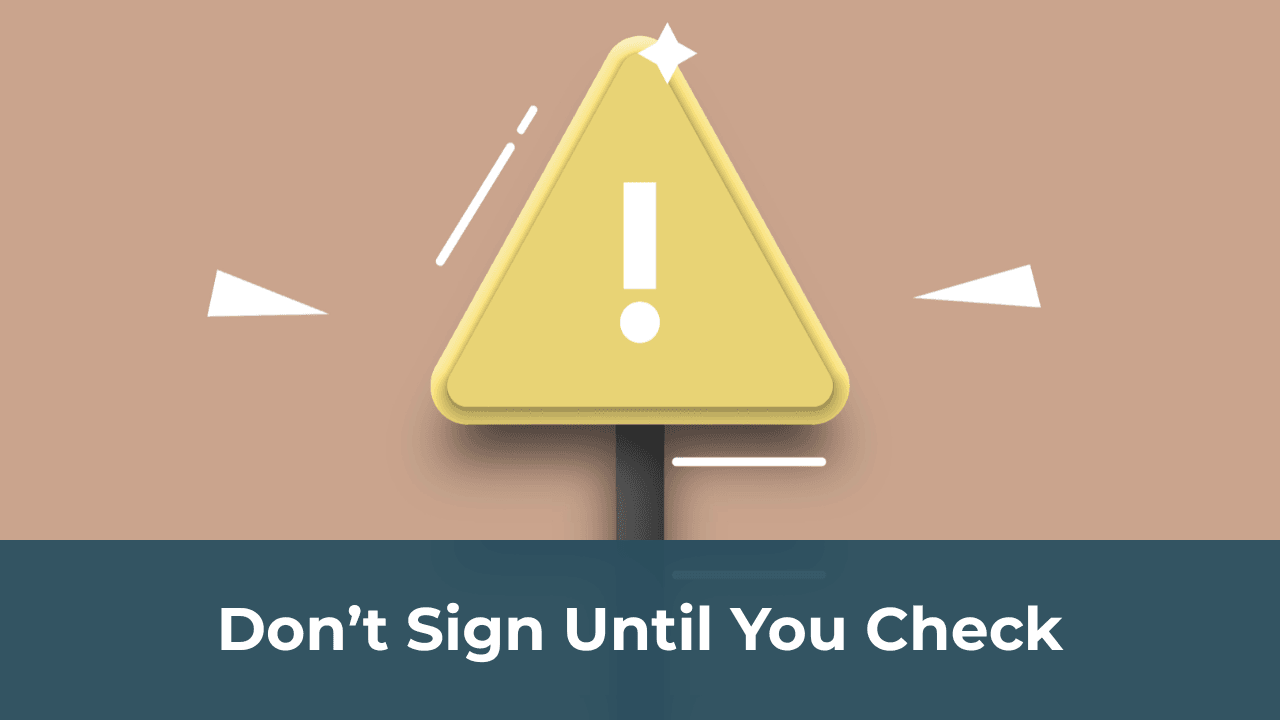Top 7 Red Flags in a QofE Report Every Buyer Must Know
When acquiring a business, the financial statements rarely tell the full story. That’s why savvy buyers rely on a QofE report to separate fact from fiction. A well-prepared QofE report helps you understand the true earning power of the company, and more importantly, it can reveal red flags that may significantly affect your decision to buy, renegotiate, or walk away entirely.
In this blog, we’ll explore the top 7 red flags a QofE report can uncover before you buy, and why each one matters.
1. Inflated Earnings from Non-Recurring Revenue
One of the biggest issues a QofE report addresses is whether the company’s earnings are sustainable. A red flag arises when a significant portion of revenue comes from one-off projects, legal settlements, or irregular income.
For example, if a business reports $1 million in revenue, but $300,000 of that came from a one-time event, the adjusted earnings drop substantially. This can distort valuation if not caught early.
What the QofE report does:
- Isolates recurring vs. non-recurring revenue
- Adjusts EBITDA to reflect real, ongoing performance
- Provides a truer picture of future cash flow
Red Flag: Over 20% of annual revenue coming from one-off or non-repeatable sources
2. Unjustified or Aggressive Addbacks
Addbacks are adjustments made to earnings to reflect owner compensation, personal expenses, or one-time costs. While addbacks are common, excessive or unjustified ones can be misleading.
Example: If the owner adds back personal travel, luxury car leases, or unverified “consulting fees” without documentation, it raises concerns about transparency.
A QofE report evaluates each addback and flags those that are:
- Unsubstantiated or lacking clear backup
- Inflating earnings beyond realistic levels
- Used to boost valuation without financial merit
Red flag: Addbacks that increase adjusted EBITDA by more than 30% without documentation
3. Customer Concentration Risk
Customer concentration becomes a liability when a small number of clients make up a significant portion of the revenue. If one or two customers leave post-acquisition, the business could face a major revenue hit.
The QofE report will typically provide:
- A breakdown of revenue by customer
- Historical patterns of churn or retention
- Visibility into contract terms or expiration dates
This risk is especially relevant in service businesses, agencies, and B2B SaaS companies.
Red Flag: More than 25–30% of revenue tied to a single customer
4. Inconsistent Accounting Practices
Inaccurate or inconsistent accounting is a clear sign of risk. Small businesses often operate with cash-based or hybrid accounting, which may not align with GAAP standards.
During the QofE, advisors examine:
- Revenue recognition methods
- Cut-off testing for income and expenses
- Whether expenses are properly categorized
If financials need significant restatement, it casts doubt on the credibility of the books, and therefore the value of the business.
Red Flag: Discrepancies between monthly P&Ls, bank statements, and tax filings
Want to see how our team ensures clean, reliable financials? Learn more about our full-stack approach on our M&A Services page.
5. Undisclosed Liabilities or Legal Exposure
A QofE often uncovers risks that aren’t listed in the financials, including:
- Pending lawsuits
- Payroll tax issues
- Debt not shown in working capital
- Deferred revenue obligations
These can dramatically affect working capital and post-close cash flow. For example, failing to disclose a $50,000 tax liability could blindside the buyer after closing.
Red Flag: Off-balance-sheet liabilities or unexplained deductions in payroll or taxes
6. Margin Compression or Volatile Gross Profit
If gross profit margins are declining over time, it may indicate increased competition, rising costs, or operational inefficiencies.
The QofE team analyzes:
- 3–5 years of gross margin trends
- Industry benchmarks
- Product-level or customer-level profitability
A shrinking margin, especially without a clear explanation, can be a major red flag for future scalability and sustainability.
Red Flag: Year-over-year gross margin decline of 5%+ without operational changes
7. Working Capital Misalignment
Working capital is often a neglected aspect of valuation, but a QofE brings it into focus. Buyers need to know how much operational capital will remain in the business after close.
The QofE identifies:
- Seasonality patterns that affect receivables or inventory
- Negative working capital trends
- Mismatches between stated vs. actual required working capital
Failing to factor this in could lead to liquidity issues post-acquisition.
Red Flag: Significant working capital deficit or wide fluctuations by season/month
Why These Red Flags Matter
These red flags don’t always kill a deal, but they do:
- Give you leverage to renegotiate price or terms
- Help structure earn-outs to hedge risk
- Avoid post-close surprises that affect ROI
- Ensure you’re buying a business, not a headache
That’s the real value of a QofE: informed decision-making.
Final Thoughts
A QofE report isn’t just a box to check during due diligence, it’s your strongest line of defense against hidden risk. By highlighting red flags early, it helps you validate the numbers, protect your capital, and confidently move forward or walk away.
At VASL, our QofE team specializes in uncovering the real story behind the financials. Whether you’re a search fund, private equity buyer, or strategic acquirer, we help you buy better and avoid regret.
Ready to review a deal? Email us at saman@vasl.team
Book a 30-min M&A consult: Here
Looking for full-spectrum M&A and financial due diligence support? Visit our M&A Services page to learn how we support smarter deals.
